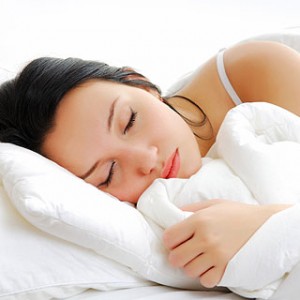Beds – most of us spend up to a third of our lives in them so it should be incredibly important that we choose the right one. Should, but – and it’s a big rounded full bodied but – we probably don’t.
We typically spend a few hours a day watching TV on our huge plasma screen which cost considerably more than your bed and doesn’t relax you as completely as a good bed.
We probably spend even less time driving our very expensive cars which cost maybe 100 times more than your bed and could not possibly improve your health, as a good bed can.
In truth, many of us treat a bed as basic utility item, yet wonder why we wake grumpy, still tired with a stiff back after a fitful night’s sleep in an old uncomfortable bed. A comfortable bed really can change your life for the better for such a small cost.
Sleep is a vital physical requirement for all mammals. Just as you need to eat well, you have to sleep well to maintain your physical and mental health. Sleep deprivation has been used as an effective torture method throughout history, yet many of us seemingly choose to torture ourselves!
So what should you look for when choosing a bed? If style is also important to you, and want to make a real style statement, then a bed frame could be for you. Frames are constructed in many different materials including metals – from traditional iron to modern chrome, wood – from traditional mahogany to contemporary light oak, and leather – including the new improved ‘faux’ leathers. The downside of frames is that they rarely include any storage (drawers) and are more limited in terms of providing any additional springing as in a sprung base divan. Some frame do come with a ‘slatted’ sprung base which is far better than a solid base.
The core component of any bed however, is the mattress. This is where the major cost and working internals of the bed lie, and provides the all important sleeping surface. The most popular options are spring interior and foam mattresses. One of the most important developments in mattress design in recent years has been the in the use of ‘Memory Foam’ – a visco-elastic foam that ‘remembers’ and recovers it’s original shape slowly.
Memory Foam moulds itself to your body shape and is deliciously comfortable but does have some drawbacks. The foam is sensitive to and retains heat, so if you get hot under the covers you may find yourself overheating. If that is the case, rather than choosing an all-foam construction, consider a spring interior mattress with a memory or latex foam top layer. Look for a layer depth of at least 2” for maximum comfort.
Spring Interior mattresses feature two main spring formations – pocket springs and open coil springs. The big advantage of pocket springs is that the individual coil springs are contained within separate fabric pockets which mean that any one spring can be compressed without affecting the others, thereby minimising any ‘roll-together’.


